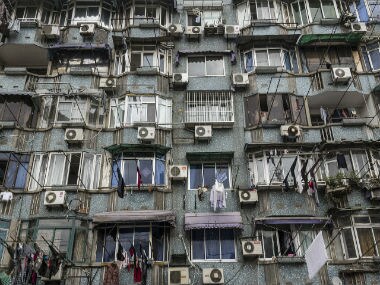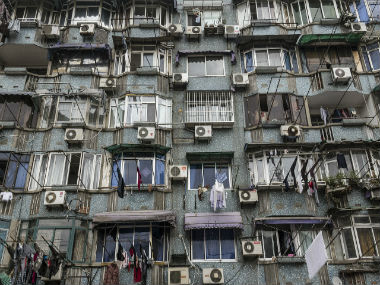In May 1985, British scientists reported there was a hole in the ozone layer over Antarctica. Soon after, NASA scientists swooped in to study the role of chlorofluorocarbons (CFCs) in this. In 1987, world leaders met and drew up the famous Montreal Protocol to preserve this layer 25 kilometres up in the air in earth’s stratosphere that keeps ultraviolet rays (UV rays) out and preserves life on earth. [caption id=“attachment_7349621” align=“alignleft” width=“380”]  Representational image. Image by Sławomir Kowalewski from Pixabay[/caption] The protocol, which phased out ozone-depleting chemicals like CFC internationally, came into effect on 16 September 1987. The world has since observed this day as International Day for the Preservation of the Ozone Layer. As a result of the Montreal Protocol, scientists say, we were able to control the depletion of the ozone layer - it was an early example of what international cooperation can do for our health and wellbeing. Here’s a quick look at why ozone depletion would have been so bad human health: UV radiation Our body needs UV rays to make vitamin D. However, overexposure to UV rays can cause various health conditions - from eye problems to skin cancer. The World Health Organization (WHO) categorises UV-induced damage into the following categories:
- Effects on skin: Increased exposure to UV radiation may cause severe sunburns and DNA damage which can lead to skin cancer
- Effects on eyes: UV exposure can also damage the outer layer of the eye, causing “snow blindness” - a kind of sunburn of the eye in which a person is blinded temporarily. It can also lead to eye cancer, macular degeneration and increased chances of cataracts (macular means related to the eyes)
- Effects on immunity: Overexposure to UV radiation induces both local and systemic immunosuppression. This leads to increased chances of acquiring infections and a decrease in the success rate of vaccines
Thankfully, the hole in the ozone layer over Antarctica is filling up now. Scientists also suggest that it caused less harm than it might have if it had widened to areas that were more densely populated. As things stood, the hole in the ozone layer over Antarctica didn’t let enough UV rays into our atmosphere to cause major health problems in the 1980s. Global warming Ozone depletion also leads to climate changes in the world, promoting global warming. Experts believe that rising global temperature can have severe impacts on human health in the form of increased air pollution, allergies, insect breeding grounds and dangerous heat waves. The theme of this year’s ozone preservation day is “32 years and healing”. The United Nations (UN) is celebrating world cooperation towards the protection of ozone and prevention of climate change - the latest reports in the Scientific Assessment of Ozone Depletion, a publication sponsored by the World Meteorological Association (WMA) and United Nations Environment Programme, indicate a 1-3% ozone recovery rate since the year 2000. Estimates suggest that at this rate the hole would be filled over the Northern Hemisphere and mid-latitude (countries above the tropics) by the year 2030. What you can do CFCs and hydrochlorofluorocarbons (HCFCs) are said to be the main culprit in ozone depletion. These are mostly present in AC coolants and refrigerants. According to the United States Environment Protection Agency (EPA), a single chlorine particle can kill more than 100,000 ozone molecules at once. Unfortunately, ozone can be destroyed much more quickly than it is created. Here are certain things the EPA suggests we can do to further slow down ozone depletion
- Buy ACs and refrigerators that do not use CFCs. In 2003, India banned CFCs to move to less harmful coolants like r22. Now, r22 may soon be banned to make way for ACs containing R 134a as it is not an ozone-depleting gas
- Regularly check your refrigerators and ACs for leakage of harmful gases into the air
- When you get your vehicles serviced, make sure that the AC coolants are properly disposed instead of being released into the air
- Buy HCFC-free aerosols - deodorants, hairsprays, etc.
Health articles in Firstpost are written by myUpchar.com, India’s first and biggest resource for verified medical information. At myUpchar, researchers and journalists work with doctors to bring you information on all things health. For more information, please read our article on Skin Cancer.


)

)
)
)
)
)
)
)
)



